plastic recyling:From Waste to Wear
In an era where sustainability is paramount, the transformation of discarded plastic bottles into wearable fabric stands as a testament to human ingenuity and environmental responsibility. This process not only mitigates waste but also produces durable, versatile materials for clothing. Let's delve into how advanced machinery plays a pivotal role in this recycling revolution.
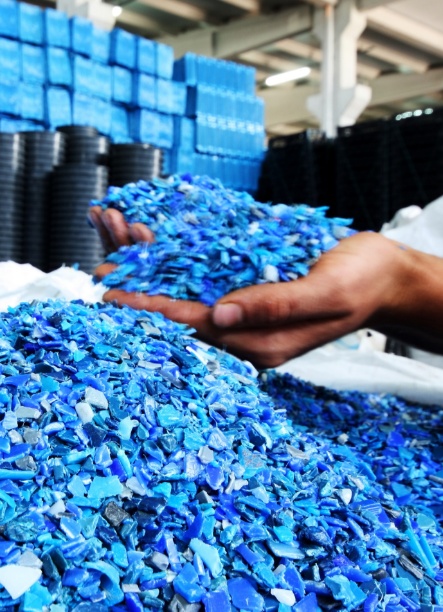
Collection and Sorting
The journey begins with the collection of post-consumer PET (Polyethylene Terephthalate) plastic bottles from various sources. Automated sorting machines equipped with sensors and optical sorters meticulously separate PET bottles from other types of plastics, ensuring purity for the next stages.
Cleaning and Shredding
Once sorted, the bottles enter industrial washing lines where they undergo thorough cleaning to remove labels, dust, and contaminants. Following this, robust shredding machines grind the bottles into small flakes, preparing them for further processing.
Drying and Melting
The PET flakes then move to drying ovens, which use heat to eliminate any residual moisture. After drying, the flakes are fed into extrusion machines. These high-temperature machines melt the flakes into a molten state, ready for filtration and shaping.
Filtration and Spinning
A crucial step involves passing the melted PET through precision-engineered filters that remove any remaining impurities. The purified molten PET is then extruded through spinnerets—fine nozzles that form continuous filaments or fibers. Advanced spinning machines control the diameter and texture of these fibers, tailoring them to specific requirements.
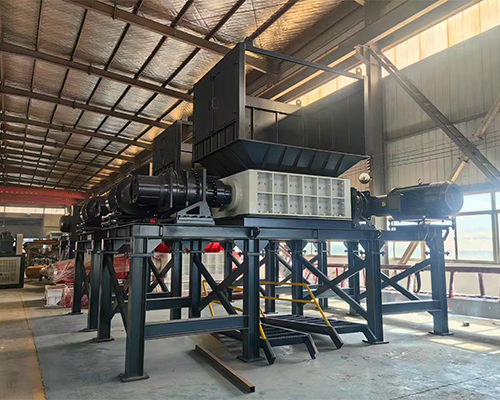
Cooling and Cutting
Upon exiting the spinnerets, the fibers solidify rapidly as they cool in controlled environments. High-speed cutting machines slice the continuous filaments into staple fibers of predetermined lengths, suitable for textile production.
Textile Manufacturing
The spun polyester fibers are then processed by carding and drawing machines, aligning them into slivers before being spun into yarns by ring or open-end spinning machines. These yarns can be woven or knitted on looms and knitting machines, creating fabrics that are used to manufacture garments.
Finishing Touches
Finally, the fabric may undergo dyeing, printing, and finishing processes using specialized equipment designed to enhance appearance and performance without compromising its eco-friendly credentials.
| Model | 600 | 800 | 1000 | 1200 | 1400 | 1600 | 1800 |
| Motor(kw) | 11*2 | 18.5*2 | 35*2 | 45*2 | 55*2 | 75*2 | 110*2 |
Reducer | P6-P7 | P7-P8 | P8-P10 | P10-P12 | P11-P13 | P12-P16 | P14-P16 |
| Siemens or other motors, planetary reducers or other reducers can be customized according to customer requirements | |||||||
| Rotation Speed | 8-20rmp | 8-20rmp | 8-15rmp | 8-15rmp | 8-15rmp | 8-12rmp | 8-12rmp |
| Blades Diameter | 220-320 | 260-320 | 260-400 | 400-500 | 400-500 | 500 | 500 |
| Blades material | The material of the blades (55sicr, 5crsi, 9crsi, skd11, m6v, h13) can be customizedaccording to the customer's actual usage | ||||||
| Feeding Size | 1200*900mm | 1400*1000mm | 1600*1200mm | 1800*1300mm | 2000*1300mm | 2200*1700mm | 2400*2000mm |
| The size and appearance of the feeding hopper can be customized according to thecustomer's feeding situation | |||||||
| Weight(kg) | 1800 | 2500 | 3700 | 5500 | 7500 | 9500 | 13000 |
Through this meticulous process, driven by cutting-edge machinery, what was once considered waste now becomes a valuable resource, turning old plastic bottles into stylish and sustainable clothing. This innovative approach not only supports the circular economy but also sets a new standard for responsible manufacturing in the fashion industry.
-
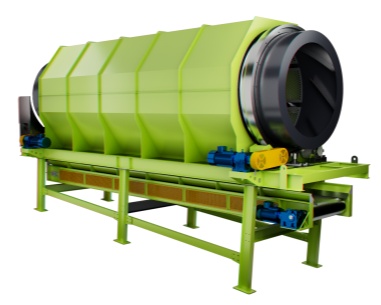 Trommel screenTrommel screen, also known as drum screens, are widely used in various industries for sorting and separating materials.Get Quote
Trommel screenTrommel screen, also known as drum screens, are widely used in various industries for sorting and separating materials.Get Quote -
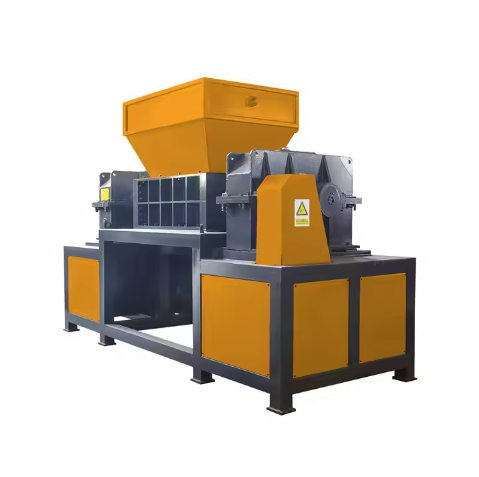 Crop straw double shaft shreddApplications:Biomass Energy Production: Shredded straw can be used as a feedstock for bioenergy plants to produce electricity or heat.Livestock Feed: Reduced-si...Get Quote
Crop straw double shaft shreddApplications:Biomass Energy Production: Shredded straw can be used as a feedstock for bioenergy plants to produce electricity or heat.Livestock Feed: Reduced-si...Get Quote -
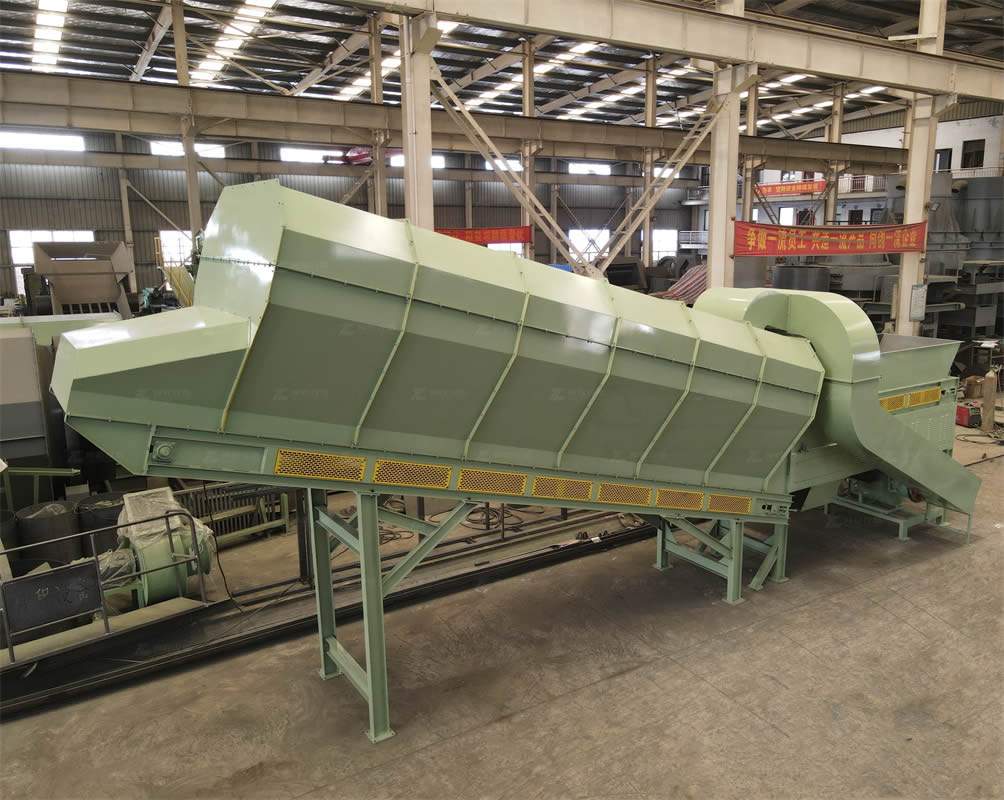 Zhongcheng Air Drum SeparatorAir drum separators effectively separate lightweight materials (e.g., plastics, paper) from heavier materials (e.g., metals, glass). This high efficiency is cru...Get Quote
Zhongcheng Air Drum SeparatorAir drum separators effectively separate lightweight materials (e.g., plastics, paper) from heavier materials (e.g., metals, glass). This high efficiency is cru...Get Quote
-
2024-07-09Recycling Balers-Safe,Easy-To-Use and affordableThe operating principle of a strapping machine primarily involves the following steps:1.Item Positioning:Firstly, the item to be strapped must be placed accurat...
-
2024-07-16Twin-shaft shredders: ideal for efficient processing of waste and recycling materialsA double-shaft shredder is a mechanical device used to process waste and recycle materials. Its main feature is that it has two rotating shafts with serrated bl...
-
2023-01-13Bag OpenerBag opener or bag opener system is a mechanical device used to automatically open and empty bags containing bulk materials. This system is commonly used in indu...
-
2024-05-18C Series Jaw CrusherC series jaw crusher is a jaw crusher with excellent performance introduced and developed by zchmachinery according to the market demand. Compared with traditio...
-
2024-06-05Waste Trommel And Copmost TrommelHowever, it's important to choose the right type of drum screen based on your specific needs. Today, Kevin from Zhongcheng Company will explain the differences...



